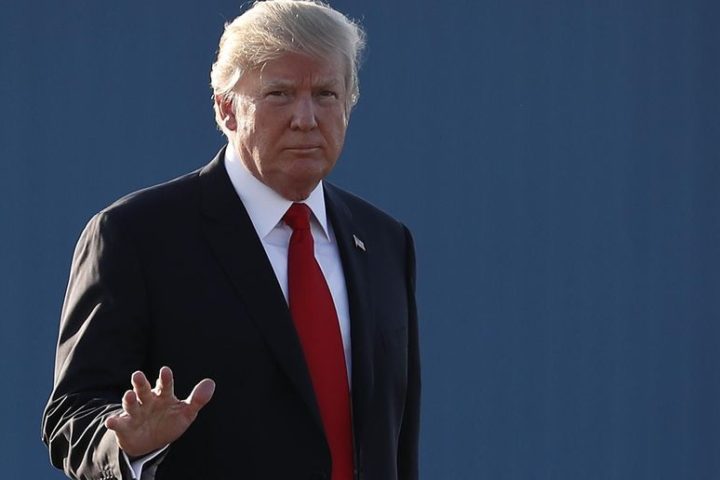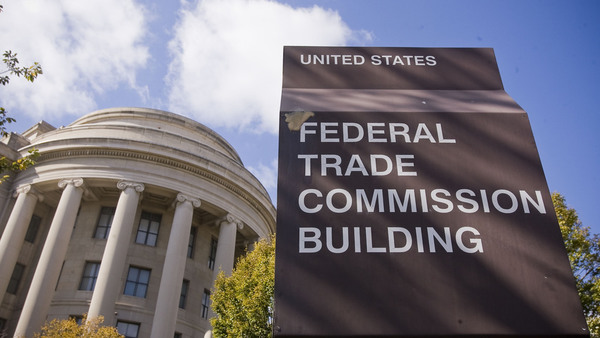In most law enforcement scenarios, drones are being flown for traffic management or crime-scene photography, according to the study. They’re also used for search and rescue, hazardous material spills, mass evacuations, and aerial viewing of fires or tracking fire personnel in dangerous settings.
Drone deployment by law enforcement and municipalities began more than a decade ago when it was just an emerging technology with extremely limited use. But those days are over: Last year, more public agencies acquired drones than in all previous years combined, with at least 167 departments fielding the flying robots in 2016, according to a study released April 6 by Bard College’s Center for the Study of the Drone.
Texas and California agencies lead the public safety acquisitions, with 28 and 23, respectively, followed by Alabama (20); Wisconsin (18); and Ohio and Pennsylvania (13). All but seven states have at least one unmanned aerial vehicle operated by police, sheriffs, emergency response or fire departments, the report found.
But before you get too paranoid, remember it’s not just the cops who have the ability to hover over your house. The Federal Aviation Administration estimated last month the consumer market will more than triple by 2021, with 3.5 million drones in use, up from about 1.1 million currently. Commercially, about 420,000 professional drones are likely to be flying at any one time, 10 times the current fleet count.
In most law enforcement scenarios, drones are being flown for traffic management or crime-scene photography, according to the study. They’re also used for search and rescue, hazardous material spills, mass evacuations, and aerial viewing of fires or tracking fire personnel in dangerous settings. “We’ll see more use cases in the coming years,” predicted Dan Gettinger, the report’s author, who is also founder and co-director of the Bard center.
Many Americans first became aware of police use of unmanned vehicles in July 2016, after a shooting spree in which a dozen Dallas police officers were shot by a sniper, five fatally. Faced with a heavily armed suspect who refused to surrender, the department sent a bomb squad robot armed with C4 explosive to detonate inside a downtown community college, killing him.
That drone’s weaponization — the first known U.S. police robot killing — sparked a brief public debate on the ethics and efficacy of nonmilitary deployment of technology to kill.
The robot shielded officers from further danger and ended a tense stalemate, an outcome police commanders view as defensible. Extending that same logic to armed aerial drones, however, is fraught on constitutional grounds, and it’s one area where police have shown little inclination (at least publicly) to explore.
Legislators in Connecticut, however, want police to have the option. A bill meant to ban weaponized drones there includes an exception for police, a move that’s sparked outrage in the somewhat progressive New England state. At least one expert observer said the cost of police drone weaponization would outweigh any potential benefit.
“The attorneys who represent municipalities drive defensively — they don’t want to take that bold step,” said Michael Geary, a retired New York City police sergeant, attorney, and associate professor in criminal justice who has written extensively on police drone use. “For day-to-day patrol, I can’t see it. I don’t think it’s necessary,” he said. “Why expose yourself to that civil liability? The amounts that would have to be paid for even a couple of claims would probably negate its use and shut it down very quickly.”
In guidelines for unmanned drone use issued in 2015, the International Association of Chiefs of Police prohibits “weapons of any kind,” a proscription carried over from the group’s initial policy recommendation three years earlier that “strongly discouraged” arming drones. The Airborne Law Enforcement Association, which conducts drone training courses nationwide, likewise has seen no efforts to fly armed drones, said Don Roby, training program manager.
“You have to do a very detailed risk analysis,” Roby said. “I’m not sure that many agencies will take that risk.”
Law enforcement already faces significant public skepticism about government drones, given the enormous potential for privacy invasion, plus the loss of accountability that comes with a police officer’s physical presence. Several states already have enacted laws to protect people from drone snooping, and law enforcement is required to obtain search warrants for many of their drone surveillance activities.
Given the public’s existing fear of an Orwellian state, adding drones that can kill likely would amp up the paranoia significantly.
“I think there’s a lot of sensitivity still among police and sometimes controversy around police acquisition and use of drones, mostly around the surveillance issue,” Gettinger said. “That sort of puts a damper on any attempt to experiment.”
In 2015, an online video of an armed drone firing a handgun drew national attention (and federal authorities) and showed how the technique is possible. The Supreme Court has concluded an exercise of force must be “objectively reasonable” under the circumstances to be legal, said Geary, who teaches at Albertus Magnus College in New Haven. The court also has found that police cannot (in most circumstances) use deadly force against a suspect who is fleeing.
“You don’t have that same level of immediate force confronting an officer,” said Geary, who has written articles on drone use for Police Chief Magazine. “They have less likelihood of being able to show the use of force was reasonable under the circumstances.” In this situation, the drone operator becomes akin to a police sniper, Geary wrote in a 2015 article, authorized to fire only if an officer or civilian faces an imminent lethal threat. The “remoteness severely hampers their ability to justify using any kind of force.”
The vast majority of public safety drones in use are manufactured by DJI, a company in Shenzhen, China, with an 80 percent share of the current deployments in Bard’s study, led by the consumer Phantom and Inspire models.
In recent weeks, DJI has launched a new professional drone platform, the eight-pound M200, which will be sold only though dealers. The M200 is being marketed as a tool for bridge, wind turbine, oil rig, and power line inspections, as well as search and rescue, construction site mapping, and crop surveys.
“Public safety has been an early adopter, and it started out with people trying out a lot of different consumer drones,” DJI spokesman Adam Lisberg said. “We count at least 59 lives that have been saved by people using drones.”
DJI has collected “a ton of feedback” from police in Europe and the U.S. on what they need from a drone, he said. Next steps include new software and communications abilities to help police coordinate their drone flights. But DJI has no plans to design drones with weapons, Lisberg said, calling that topic “a nonstarter for us.”
For law enforcement drone use, Geary predicts government lawyers will deliver a simple caveat: “You don’t want to be that test case that shows up at the Supreme Court.”
In small unmanned aerial drones, police and firefighters have discovered a useful new tool, with at least 347 agencies in 43 states now flying them.


